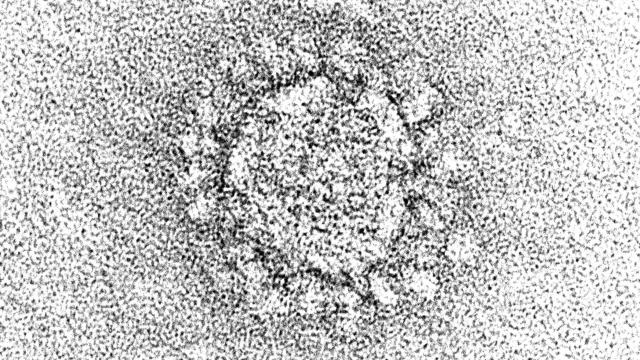Scientists at Stanford University and elsewhere say they’ve found evidence that the virus that causes COVID-19 can infect fat cells as well as the immune cells that reside in fat tissue. The findings, which have yet to be formally peer-reviewed and published, could provide a clue as to why people living with obesity are at higher risk of severe COVID-19 and other complications.
Age is the largest risk factor for developing a severe infection from the coronavirus known as SARS-CoV-2. But even younger people with other health conditions have a heightened risk as well, including younger people with obesity (defined as having a body mass index over 30). People with obesity not only seem to have a higher risk of serious illness and death but possibly a higher risk of chronic symptoms reported after infection, commonly known as long covid. According to modelling data cited by the Centres for Disease Control and Prevention, obesity may have contributed to as many as 30% of COVID-19 hospitalizations in the U.S. last year.
It’s less clear why this added risk exists, though. People with obesity are more likely to have type 2 diabetes, for instance, itself a risk factor for severe COVID-19, but even those without diabetes appear to have a higher risk. Obesity is also associated with low-grade chronic inflammation, which may impair the immune system’s response to things like the coronavirus. Yet there may be other, social factors possibly involved, such as the discrimination and stigma often experienced by those with obesity. This bias, especially from the medical profession, could make people reluctant to see doctors or hospitals when initially sick or could impact the quality of care they receive once there.
On the biological side of things, there has been research suggesting that the coronavirus can infect fat cells — research that made the authors of this study curious enough to look further.
The team collected samples of fat tissue from people that underwent bariatric surgery, then saw what would happen when they exposed that tissue to the coronavirus. They found that mature fat cells, also known as adipocytes, and macrophages — immune cells that detect germs, signal the presence of infection, and even swallow pathogens whole sometimes — could be successfully infected by SARS-CoV-2. This infection then appeared to set off a strong inflammatory response, involving the production of chemicals called cytokines that have been associated with severe COVID-19. Precursor fat cells, or preadipocytes, weren’t infected by the virus, but they too became involved in stoking this inflammation. Lastly, they were able to find RNA traces of the coronavirus in fat tissue collected from people who had died from COVID-19 and evidence of inflammation there as well.
The study’s results were released in October on the preprint website bioRxiv, meaning they haven’t gone through the typical peer-review process, which is important for vetting any piece of research. So their conclusions should be viewed with extra caution. But if validated with further studies, it could help at least partly explain the link between obesity and severe COVID-19.
“This could well be contributing to severe disease,” senior author, Catherine Blish, an immunologist at the Stanford University School of Medicine, told the New York Times. “We’re seeing the same inflammatory cytokines that I see in the blood of the really sick patients being produced in response to infection of those tissues.”
The findings could even have implications beyond the initial burst of illness caused by COVID-19. “If adipose cells constitute a reservoir for viral infection, obesity may contribute not only to severe acute disease, but also to long-covid syndrome,” the authors noted in their paper.
For now, though, more research has to be done to suss out the role, if any, that fat cells infected by the coronavirus can have in causing illness.
